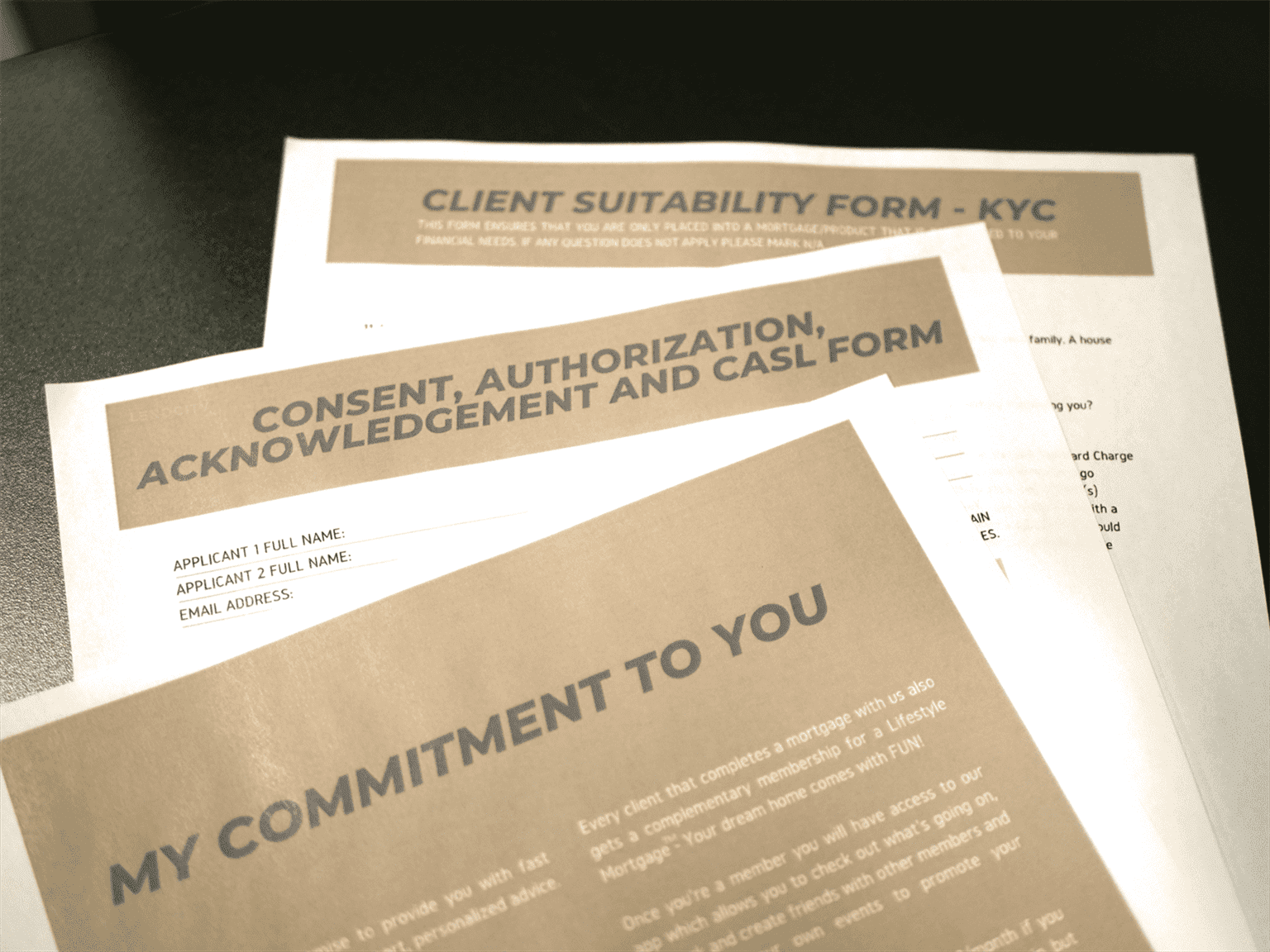Your Real Estate Investment Checklist: Making Property Acquisitions as Smooth as Possible in 2023

Real estate investment isn't for everyone. It's certainly not the most passive form of investment out there. But, if you've got a little grit and ingenuity, real estate can generate great returns. Even for the average person! That is why we made this real estate investment checklist.
No investment is without risk. Sure, real estate is a proven wealth engine—but, you should always do your homework before buying a property. And, if you're new to real estate, that goes double.
We've put together this real estate investment checklist to help new investors get into the game as painlessly as possible—starting by acquiring your first property. Here’s what you need to keep at the forefront of your mind.
If you want to learn more about real estate investing beyond the contents of this real estate investment checklist, click the link below to book a free strategy call with our team here at LendCity.
Can you do some of the work yourself?
A buy-and-hold real estate investment is anything but passive. Your properties have renters. These renters do things like overflow toilets, put holes in drywall, and so on. They don't mean anything by it—it’s just what renters do! Unfortunately, property owners are left to deal with the ramifications.
If you’re constantly calling a plumber or a general contractor, you’re never going to make any money. In this way, real estate investment makes much more sense if you can do some (or all) of this work yourself. The more work you can do on your own, the more positive cash flow you'll receive. The more positive cash flow, the faster you can afford to buy more property.
A few handyman skills can go a long way in helping you maximize your real estate investment and even set up your next one! Often, you can find tips and advice on YouTube to complete a repair yourself.
Can you afford it?
If you have personal debt, it's a better investment to pay it off than to take on a mortgage. With car loans, credit cards and student loans, the compound interest is a killer. If you delay paying these debts, their compounding interest will eat all your profit. You should not look at real-estate investment as a way out of these debts. It's hard work, not a scheme for accumulating easy wealth.
You'll also need a 20% down payment. In the primary-home market, there are loans that require smaller down payments. These are useful to help lower-income, first-time buyers, but may not be readily available for investment properties. Don’t forget, mortgages on commercial properties have higher interest rates too.
All of this is to say, you might want to squirrel away a modest sum before you start looking too eagerly in investment properties.
Lastly, if you don't have the fund available but want to proceed, you could consider a mortgage plus improvements. With this program, you can group the cost of the repairs into your mortgage, providing your mortgage lender allows this program. The lender will send an appraiser to confirm the value of your renovations and if your debt servicing allows they will approve the renovations.
That's why we recommend our team at LendCity Mortgages for investors as we have a team that supports these programs to help investor realize their dreams through tools such as this real estate investment checklist.
Discover How To Develop Real Estate With This Step By Step Guide
Don't forget to factor in all the costs
You should factor in even the "hidden" costs of ownership when deciding to buy a property. Maintenance fees might be as much as 1% of the property’s value each year. Then, there are other fees to consider, like insurance, mortgage fees, management fees, and the costs of vacancies.
Not every property will be a good investment. To get annual rents of 10% of the property value, you may need to be creative. Properties in the 5- to 12-unit range represent the best bet. Maintenance costs per person are lower in multi-family units, and you collect more rent per square foot than with a single-family home.
The value does not lie in rehabilitating properties
Long-term investing in real estate is different than "flipping" properties. You want properties you can fill with tenants immediately. When you flip properties, your money is completely sunk until you rehab the property. This is not ideal for first-time investors. If something goes wrong partway through, how are you going to get out the money you put in?
Also, house-flipping is speculative. You need a hot market that's only going to keep growing. And to really make the big bucks, you need to be able to do the work yourself. A $75,000 kitchen renovation rarely adds $75,000 of real value.
Flipping might seem enticing, but it’s something you should avoid tackling as your very first foray into property investing.
Some final thoughts on The Real Estate Investment Checklist
Real estate investment isn't for everyone. You can't invest in real estate "a little bit"; it requires serious commitment as the real estate investment checklist shows. Put in the research upfront. Be a hands-on landlord. Find the best partners. Ride out the ups and downs of the market. If you do all this, real estate is a smart long-term investment.
It can be a bit scary when you're first getting started. But it gets easier. The skills you gain along the way will become more valuable as you expand your portfolio. And, if you do it all right, your investments will take care of themselves. It takes a while, but you can have that passive income you're after! Just follow the real estate investment checklist.
Once again, if you want to learn more about real estate investing beyond the contents of this real estate investment checklist, click the link below to book a free strategy call with our team here at LendCity.
